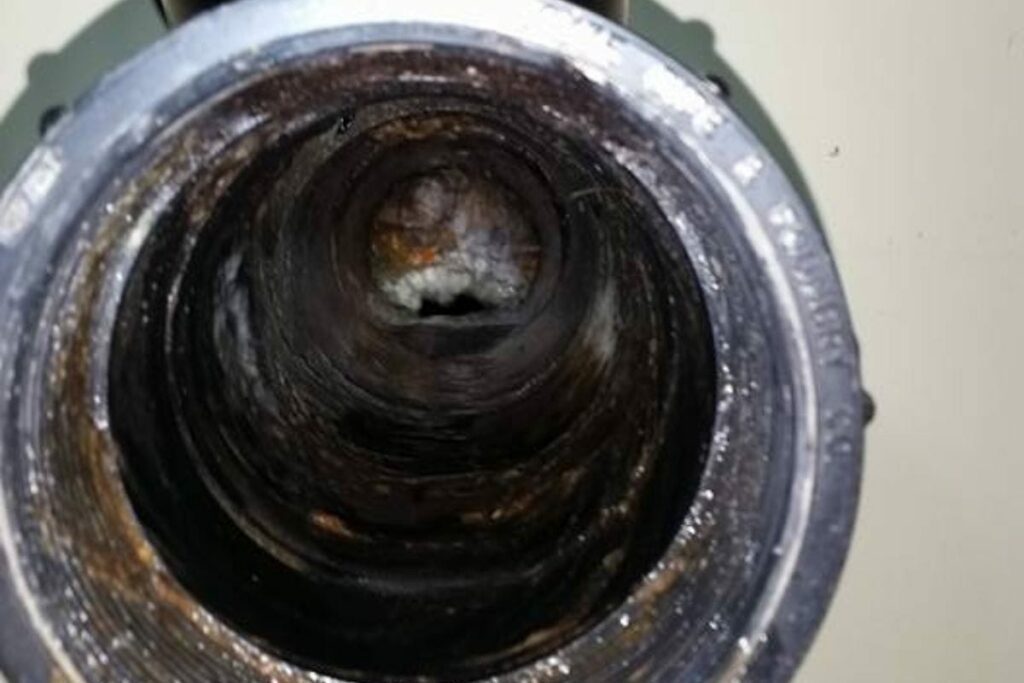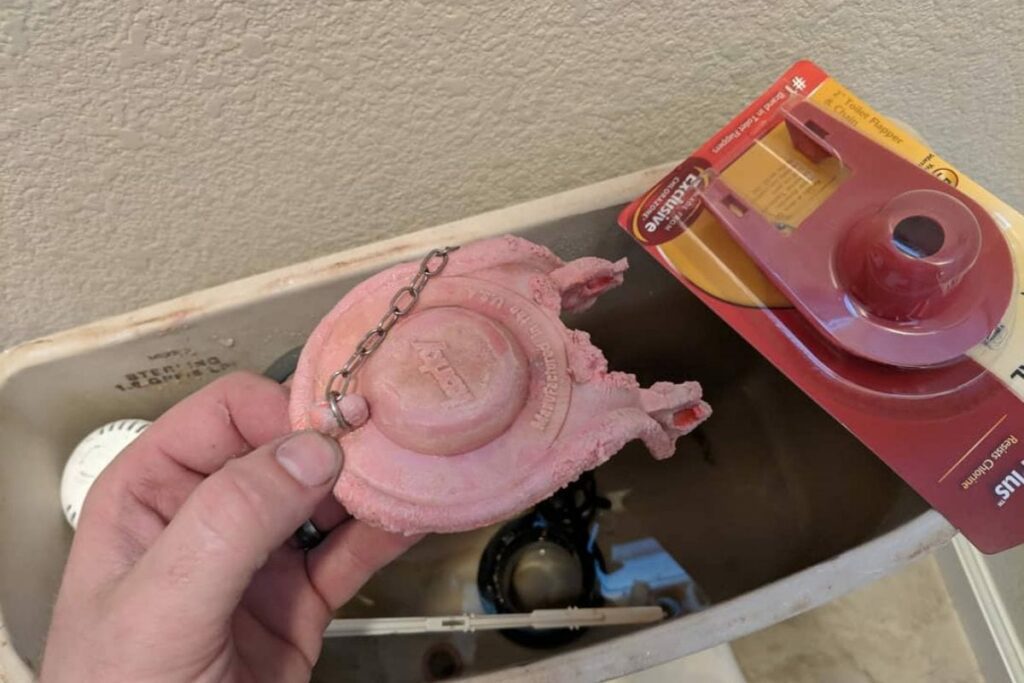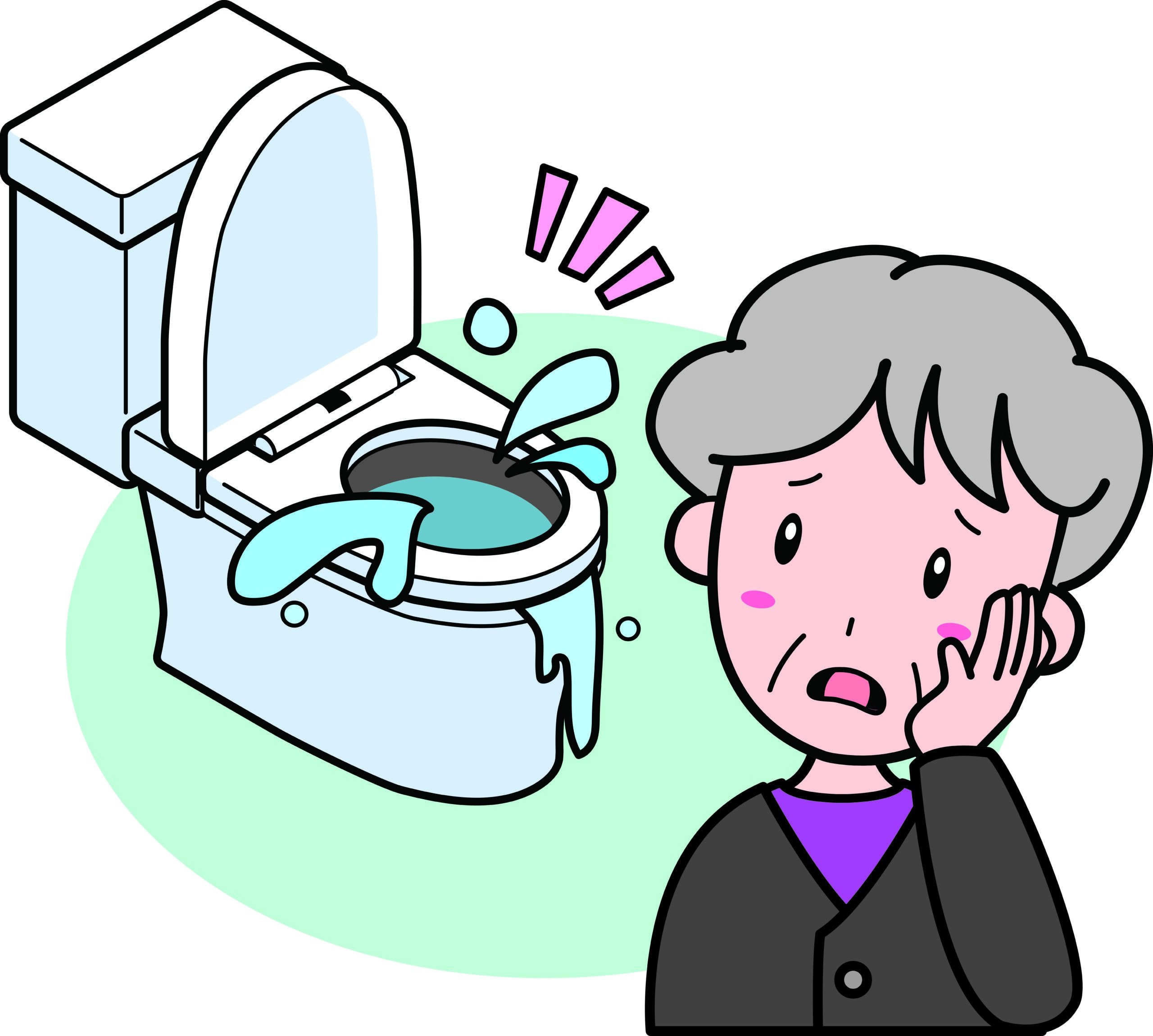An overflowing toilet can cause a mess, and shutting off more water entering the bowl is the easiest way to get it to stop overflowing until you can clear the clog. In this article, I will explain how to stop a toilet from overflowing.
As a general rule, remove the top of your water tank and set it aside, and then lift the float up and hold it there. This will stop more water from entering the water tank and bowl. Next, push the flapper down, which is the flap that covers the hole in the middle of the water tank.
After that, if you have a water entry valve on the wall behind your toilet shut that off. Clearing the blockage that is causing your bowl to fill up with water should be done next. Below, I will explain how a toilet works so you can understand exactly how to get it to stop overflowing.
What Causes a Toilet To Keep Overflowing
There are a few issues that can cause a toilet to keep overflowing. It’s important to identify which of them is causing the issue so you can stop it from happening. Here’s what they are.

In general, a toilet will keep overflowing because of a blockage in the exit pipe, an issue with the float, or an issue with the flapper. A blockage in the exit pipe won’t allow water to exit the bowl. An issue with the float and flapper will cause the bowl to keep filling up water.
If there is a blockage in the exit pipe it’s very easy to identify. The bowl will only fill close to the rim or overflow the rim if there is a blockage in the exit pipe. Otherwise, the toilet will empty itself.
This is because of the way a toilet is designed. A toilet is designed in such a way that the force of the water in the bowl will push the water in the bowl through the exit pipe once it gets to a certain height in the bowl. Therefore, even if water continuously flows into the bowl it won’t overflow unless there’s a blockage in the exit pipe.
To isolate the issue here’s a video that shows how a toilet works so you can understand the parts of a toilet that can cause it to happen:
If there is a blockage and the bowl doesn’t empty, then it needs to be cleared. A toilet blockage can be cleared in four ways:
- Waiting until the water level goes down a significant amount and flushing it, doesn’t always work, and can require doing it 2 to 3 times
- Pouring half a cup of dish soap into the bowl, waiting 30 minutes then flushing it
- Using a plunger
- Using a plumbers snake
However, some blockages are caused by an issue with the pipe that goes from the base of the toilet to the mains. For example, this can occur if tree roots are growing into the pipe.
I covered all of the ways to clear a blocked toilet in detail in this article about how to clear a blocked toilet when nothing works. It also covers the reasons why a toilet can keep getting blocked.
Issues with the float or flapper – water always flows into the bowl
The water tank can continue to fill even after it’s full of water. This can cause the water tank to overflow with water and is caused by an issue with the float.
Also, the flapper can not close properly and water trickles into the bowl. This indicates that there is a problem with the floater or the flapper. As you may know, the floater is a mechanism in the water tank.

As the water level in the water tank rises, it also rises. And once the water gets to a certain level it will stop the water tank from filling.
Sometimes the floater can be a little bit out of place. This happens because every time you flush it moves quite a bit. If you jiggle it a bit you can get it to return to normal operation. And stop the water from filling the water tank.
If the water continuously trickles into the bowl the flapper is worn out or has a build of hard water deposits, or dirt particles are stopping it from closing all the way.
How Do You Stop a Toilet From Overflowing Without a Plunger
In some cases, you can have a toilet that’s overflowing but can’t find the plunger or don’t have one in your home. Here’s how to stop a toilet from overflowing without a plunger.

Generally, you can wait for the water level to go down, and then flush the toilet again without adding any more waste to it. The force of the flush can clear or partially clear the blockage. Try this 3 or 4 times. If it still doesn’t work then you’ll need to get a plunger or plumbers snake.
A blockage can be caused by too much toilet paper, something that shouldn’t be flushed getting flushed down the toilet such as a plastic toy, or incorrectly operating your toilet.
Will a Toilet Eventually Unclog Itself
A clogged toilet can be difficult to unclog, or you may be too busy to spend time unclogging it. Many problems can solve themselves over time. But, will a toilet eventually unclog itself?
In general, a toilet can eventually unclog itself. This can occur, especially if you flush it multiple times without adding more waste to it. But not always. A good method if you don’t have a plunger is to put about half a cup of dish soap and let it sit for about 30 minutes, then try flushing it.

Something can have been flushed down the toilet that won’t clear with dish soap or a plunger. For example, if a child flushed a plastic toy. Or, someone is flushing sanitary pads, face wipes, or similar down the toilet.
But, the most effective way to unclog a toilet is to use a plunger. If a plunger doesn’t work you should use a plumbers snake. Often, a clogged toilet will clear if you flush it a few times without adding more waste to it.

Amos Christen graduated with a bachelor’s degree in Interior Design from Drexel University — Philadelphia, PA. Since 2003, Amos has worked with top interior design professionals in this area, including architects and interior/graphic/lighting designers. As a skilled interior designer, Amos Christen is highly versed in fine arts and crafts and uses that to supplement his main area of expertise. He often publishes articles related to home décor on several websites, including Sprucetoilets.com, Sprucebathroom.com, and Mybesuitedhome.com. He also contributes to leading interior design magazines.
